Films Everyone Watched Growing Up (But Probably Forgot)
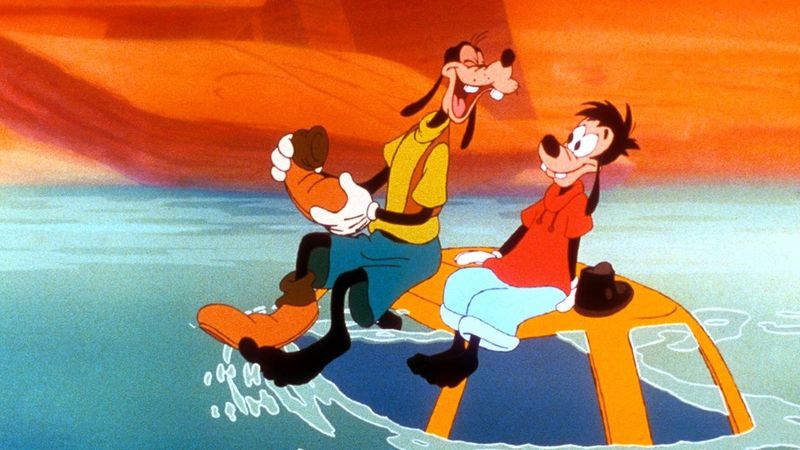
Remember those Saturday mornings when you’d pop a VHS tape into the player and lose yourself in a world of adventure? Many films from the 80s and 90s were absolute staples of childhood, yet somehow they’ve slipped from our collective memory over the years. These movies shaped our imaginations and gave us heroes to root for, but they rarely come up in conversations about classic cinema anymore. Time to dust off those memories and rediscover the films that made growing up so magical.
1. The Brave Little Toaster
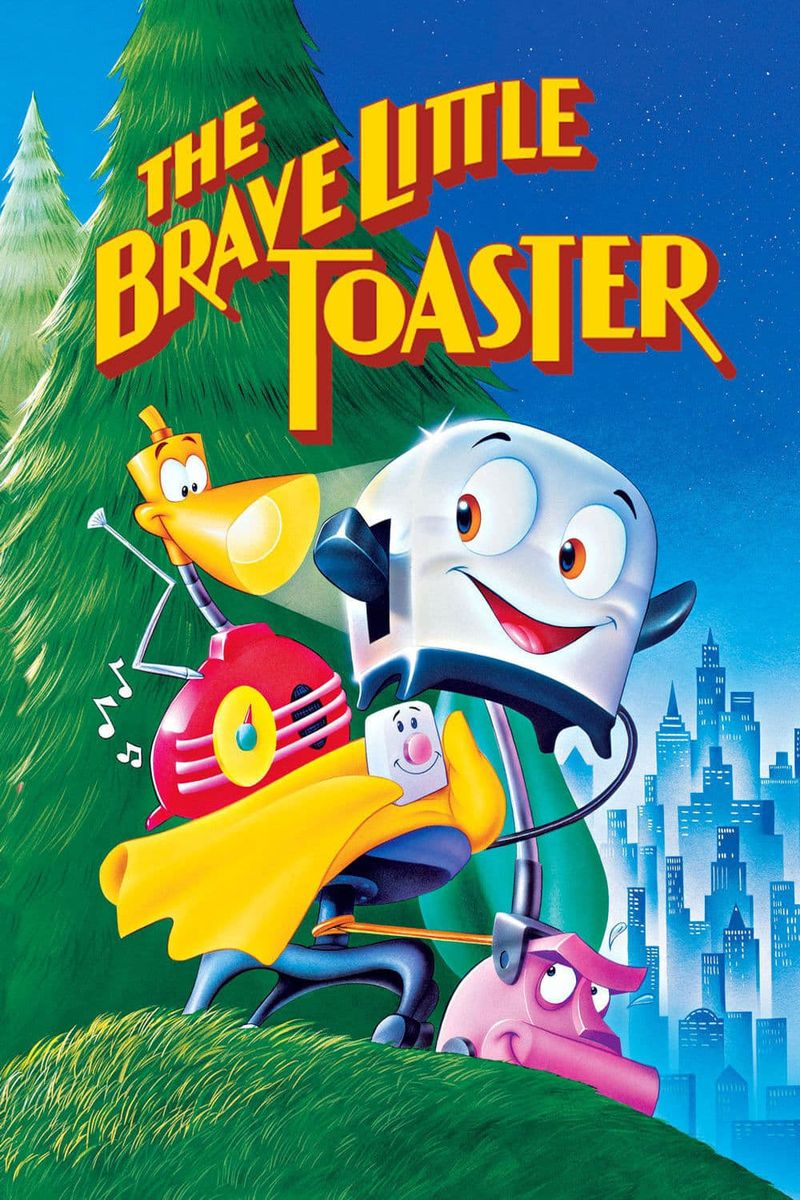
A toaster with feelings, a blanket with anxiety, and a vacuum cleaner with an attitude problem all going on a road trip together. That’s exactly what this 1987 animated gem delivered to audiences everywhere.
When their beloved owner moves away to college, five household appliances decide they won’t just sit around collecting dust. They embark on a dangerous journey across the countryside to find him. The film dealt with surprisingly heavy themes like obsolescence and abandonment, making kids everywhere worry about their own toys.
Despite bombing at the box office initially, home video turned this into a cult classic that defined a generation’s childhood.
2. An American Tail
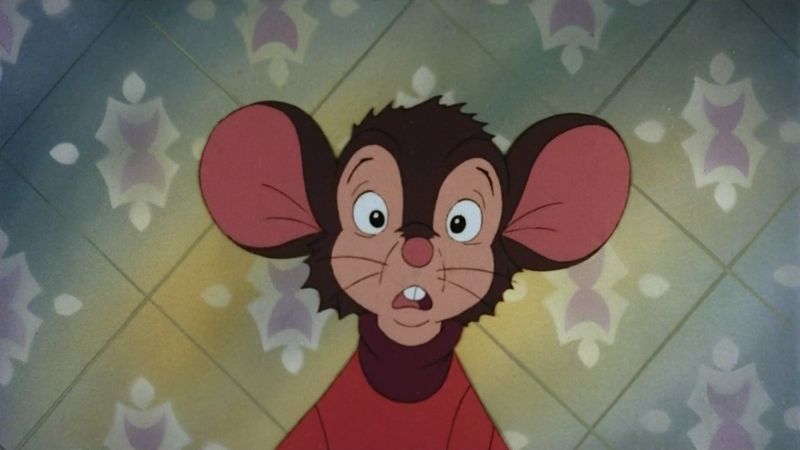
Fievel Mousekewitz became every kid’s favorite immigrant mouse back in 1986. His journey from Russia to America captured hearts with its blend of adventure and genuine emotion.
The film didn’t shy away from serious topics like separation, prejudice, and the immigrant experience. When Fievel gets separated from his family during the voyage to America, kids everywhere felt that gut-wrenching loss. The song “Somewhere Out There” became an instant tearjerker that still hits different decades later.
Steven Spielberg’s involvement gave this film a polish that elevated it above typical animated fare, yet it somehow faded from mainstream memory despite spawning sequels.
3. The Rescuers Down Under
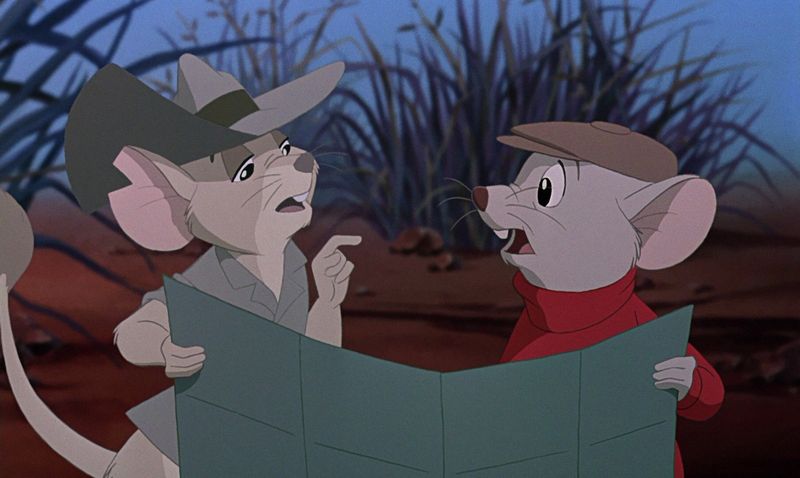
Bernard and Miss Bianca traded the swamps of Louisiana for the Australian outback in this 1990 Disney sequel. Unlike most follow-ups, this one actually improved on the original in almost every way.
The animation was revolutionary for its time, using early computer technology to create stunning flying sequences that still hold up today. A young boy named Cody gets kidnapped by a poacher after discovering a rare golden eagle, and our mouse heroes have to save him.
Sadly, this masterpiece got buried by Disney’s marketing machine, which was already gearing up for The Little Mermaid renaissance era films that followed.
4. The Last Unicorn

Did you know this 1982 fantasy featured voices from Mia Farrow, Jeff Bridges, and Alan Arkin? Most people have completely forgotten they even watched it, despite its haunting beauty staying lodged somewhere deep in their subconscious.
A unicorn discovers she might be the last of her kind and sets out to find what happened to the others. The animation style was distinctly different from American productions, created by a Japanese studio. Its melancholic tone and mature themes about mortality and loss made it surprisingly heavy for a kids’ movie.
The soundtrack by the band America added an ethereal quality that perfectly matched the film’s dreamlike atmosphere.
5. The Princess and the Goblin
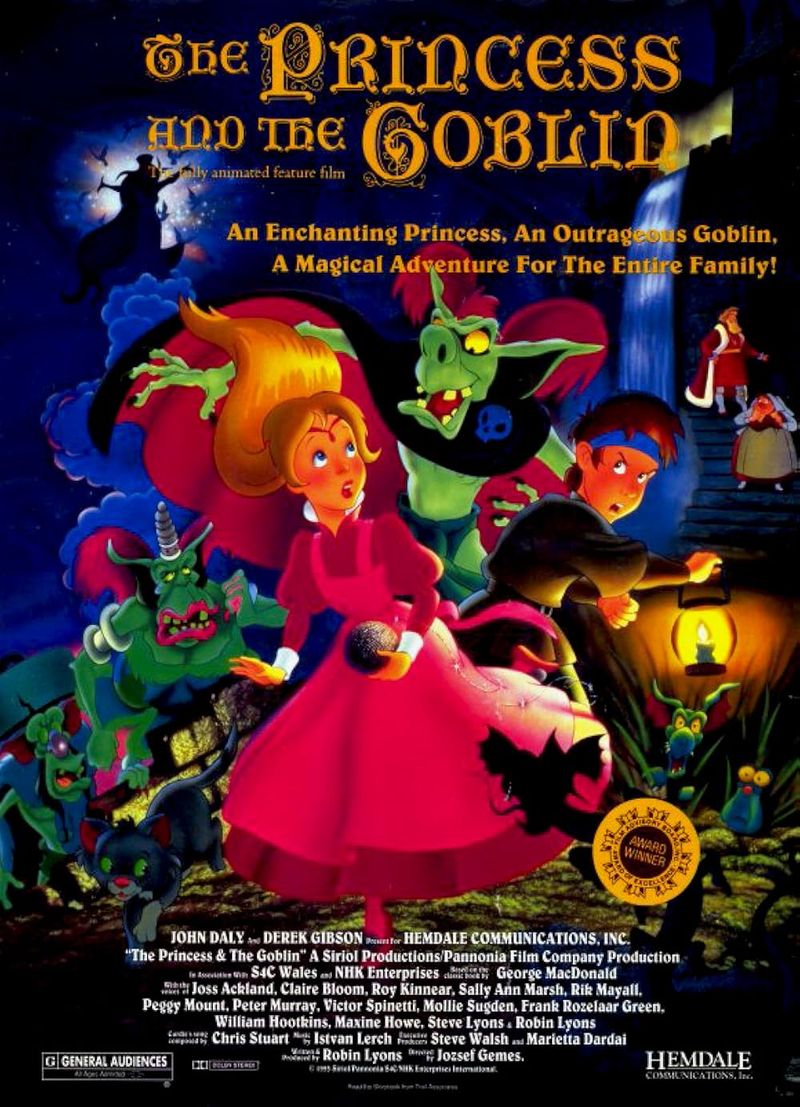
Based on George MacDonald’s classic Victorian fairy tale, this 1991 film deserved way more attention than it received. Princess Irene discovers her kingdom sits atop a network of tunnels filled with scheming goblins.
With help from Curdie, a brave miner’s son, she must stop the goblin king’s evil plans. The film blended traditional fairy tale elements with genuine scares that kept kids on the edge of their seats. Unfortunately, limited theatrical release meant most kids only caught it on obscure cable channels or rental shelves.
Its gorgeous hand-drawn animation and faithful adaptation of the source material make it worth rediscovering today.
6. FernGully: The Last Rainforest
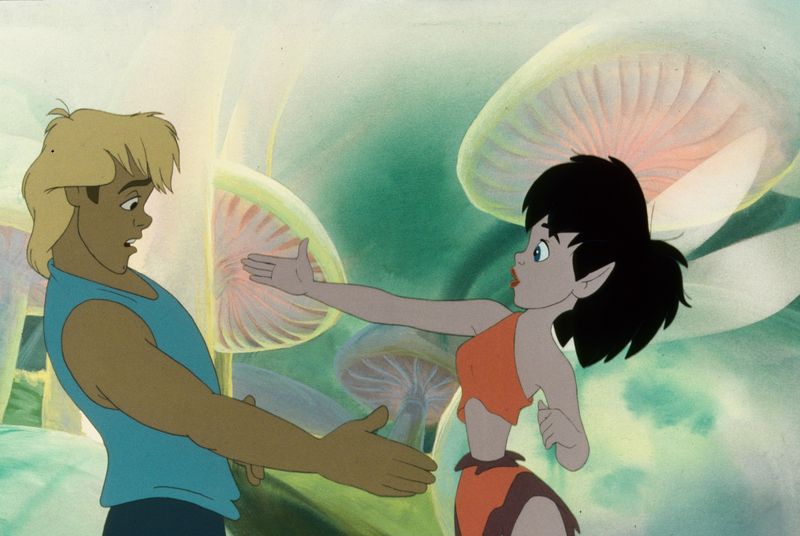
Before Captain Planet made environmentalism cool, FernGully was teaching kids about deforestation and pollution through fairy magic. This 1992 film featured Crysta, a fairy who accidentally shrinks a human logger named Zak.
Robin Williams voiced Batty Koda, a bat driven crazy by animal testing, delivering jokes that flew over kids’ heads but kept parents entertained. The villain Hexxus, voiced by Tim Curry, represented pollution itself as a literal toxic entity.
While the environmental message was heavy-handed by today’s standards, the film’s heart was in the right place. Its stunning depiction of rainforest beauty made every kid want to protect nature.
7. Once Upon a Forest
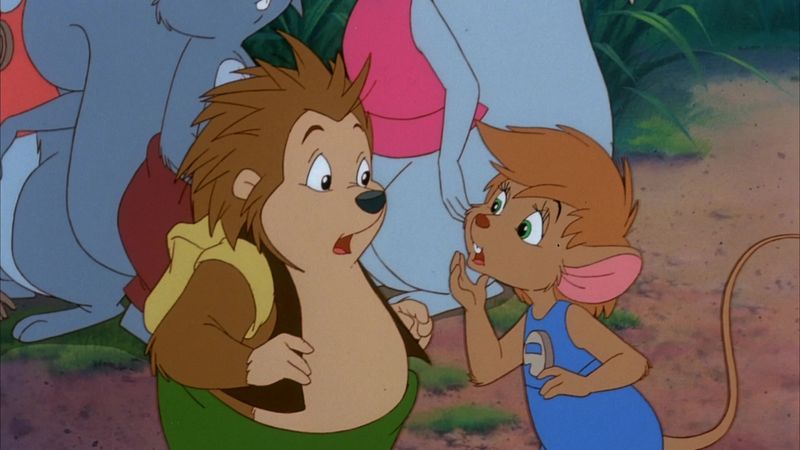
Talking about environmental disasters through the eyes of woodland creatures was apparently the go-to move in the early 90s. This 1993 film followed three “furlings” on a quest to save their poisoned friend.
When a chemical spill devastates their forest home, Abigail the wood mouse, Edgar the mole, and Russell the hedgehog must journey beyond their safe valley. Michael Crawford narrated this emotional tale that didn’t pull punches about human impact on nature. The film featured beautiful hand-drawn backgrounds and character animation that rivaled bigger studio productions.
Despite critical praise, it got lost in the shuffle of bigger animated releases that same year.
8. Rock-A-Doodle
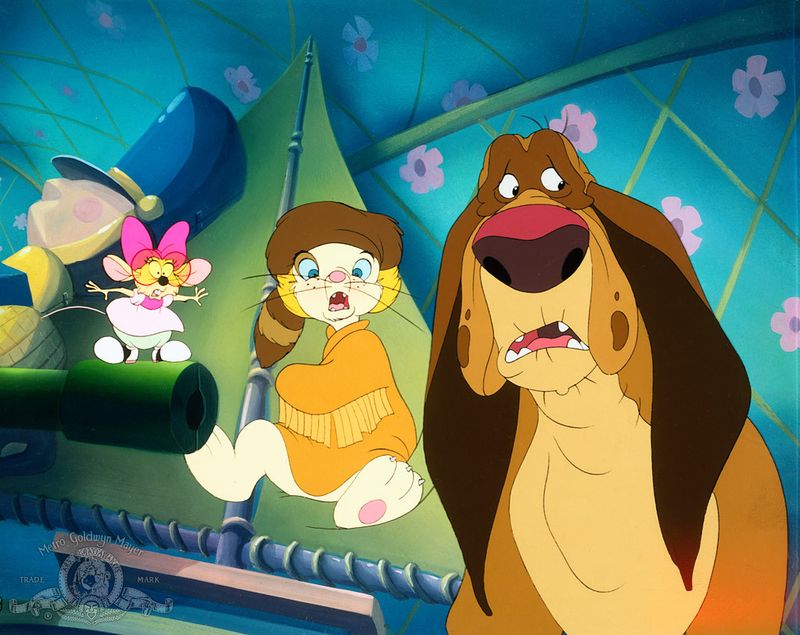
What happens when you mix Elvis Presley with a rooster who thinks his crowing makes the sun rise? You get Rock-A-Doodle, Don Bluth’s bizarre 1991 musical adventure.
Chanticleer the rooster leaves his farm in shame after the sun rises without his crow, heading to the city to become a rock star. Meanwhile, back home, the farm falls into eternal darkness and flooding. A young boy gets transformed into a kitten and must convince Chanticleer to return and save everyone.
The plot was confusing, the live-action bookends were unnecessary, and yet somehow it remained weirdly entertaining. Glen Campbell voiced the singing rooster with surprising charm.
9. The Pagemaster

Macaulay Culkin at the height of his Home Alone fame starred in this 1994 hybrid that mixed live-action with animation. Richard Tyler, a statistics-obsessed kid terrified of everything, gets trapped in a library during a storm.
He’s transformed into an animated character and must navigate through classic literature to find his way home. Accompanied by Adventure, Fantasy, and Horror (three anthropomorphic books), he encounters Dr. Jekyll, Captain Ahab, and Long John Silver.
The film celebrated reading and imagination while delivering genuinely scary moments that probably traumatized some younger viewers. Its box office failure meant it quickly vanished from cultural memory despite its ambitious concept.
10. We’re Back! A Dinosaur’s Story

Steven Spielberg produced two dinosaur movies in 1993, but everyone remembers Jurassic Park while forgetting this animated charmer. Captain Neweyes travels back in time to give dinosaurs intelligence-boosting cereal so they can grant wishes to modern children.
Rex, Woog, Elsa, and Dweeb arrive in New York City to make kids’ dreams come true at the Museum of Natural History. But Professor Screweyes, the captain’s evil brother, wants to use the dinosaurs for his scary circus instead.
John Goodman voiced the lovable T-Rex with warmth and humor. The film balanced whimsy with genuinely creepy moments, especially anything involving the nightmare-inducing circus.
11. All Dogs Go to Heaven
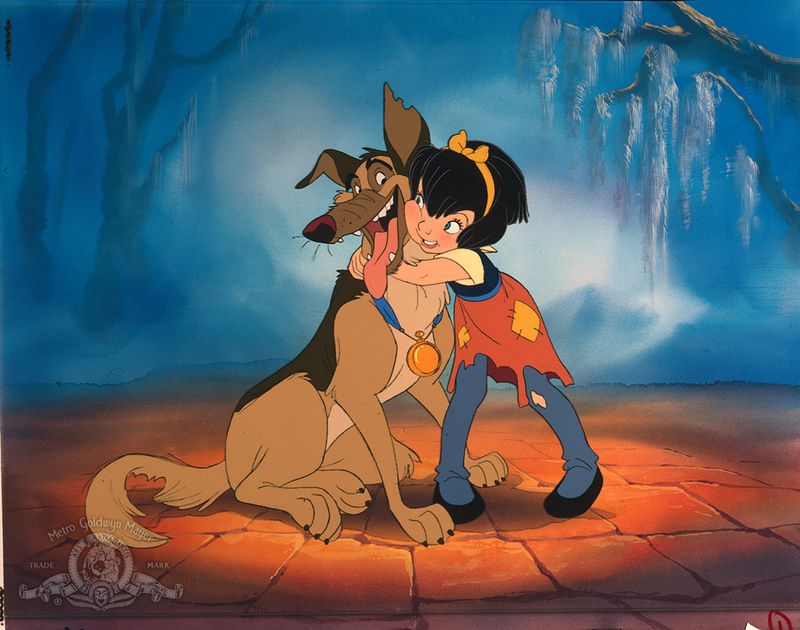
Don Bluth really said kids need to learn about murder, betrayal, and the afterlife through cartoon dogs. This 1989 film opened with Charlie the gambling dog getting killed by his former partner Carface.
Charlie winds his way out of heaven to seek revenge, befriending an orphan girl named Anne-Marie along the way. The film dealt with redemption, sacrifice, and genuine moral complexity rarely seen in kids’ entertainment. Burt Reynolds brought surprising depth to Charlie’s voice performance.
The hellish nightmare sequence traumatized an entire generation of children who weren’t expecting such darkness. Despite its heavy themes, the film’s heart and humor made it unforgettable for those who saw it.
12. The Land Before Time
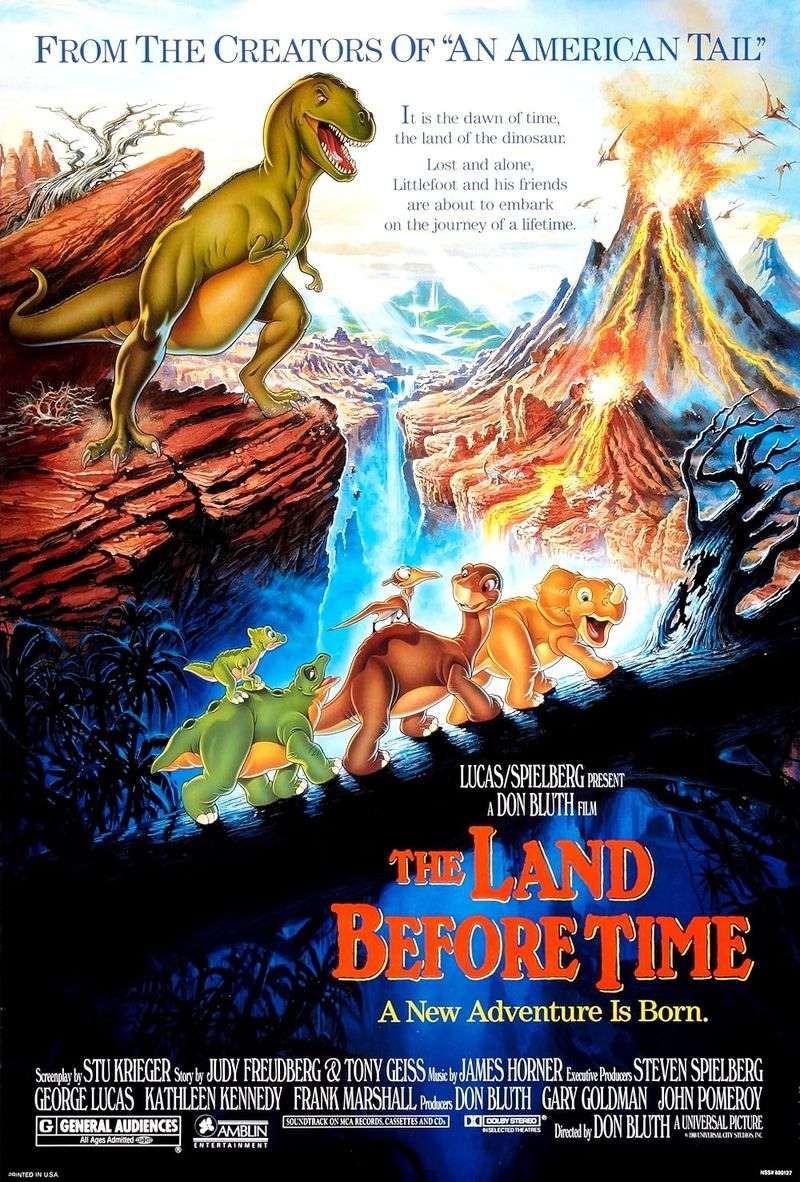
Before it spawned approximately one million direct-to-video sequels, the original 1988 Land Before Time was a masterpiece of emotional storytelling. Littlefoot’s journey to the Great Valley after losing his mother remains one of cinema’s most heartbreaking moments.
Don Bluth and Steven Spielberg collaborated to create something special here. The film taught kids about loss, friendship, and perseverance through adorable baby dinosaurs. Each character represented a different species and personality type, making the group dynamics feel genuine.
James Horner’s score elevated every scene to operatic heights. The original cut was even darker before Spielberg insisted on trimming some traumatic sequences deemed too intense.
13. The Secret of NIMH
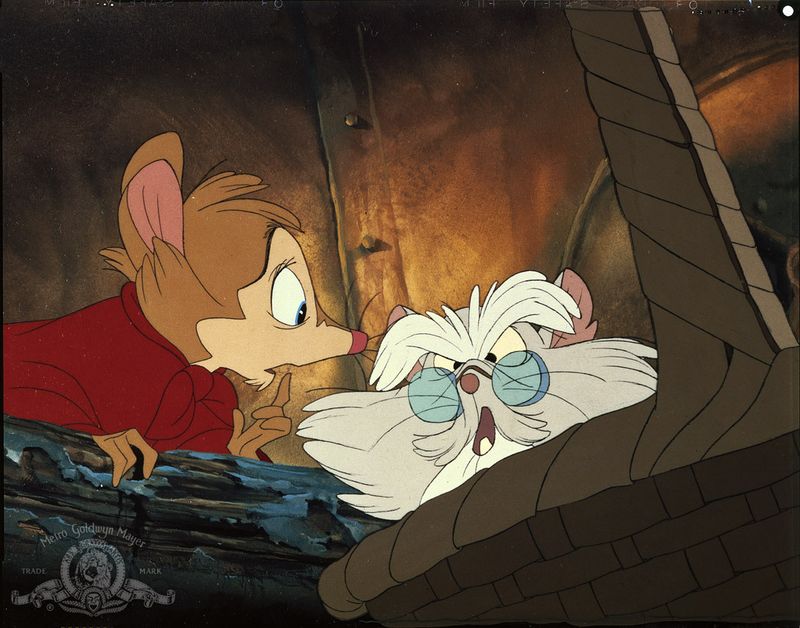
Don Bluth’s 1982 directorial debut proved animation could be sophisticated, dark, and absolutely terrifying for children. Mrs. Brisby, a field mouse, must save her sick son and move her family before the farmer’s plow destroys their home.
She discovers a society of hyper-intelligent rats who escaped from a laboratory called NIMH. The animation was gorgeously detailed, with shadows and atmosphere that Disney had abandoned in favor of brighter aesthetics. The Great Owl sequence alone gave countless kids nightmares with its glowing eyes and ominous presence.
Based on Robert C. O’Brien’s novel, the film respected its audience’s intelligence while delivering genuine thrills and emotional depth.
14. A Troll in Central Park
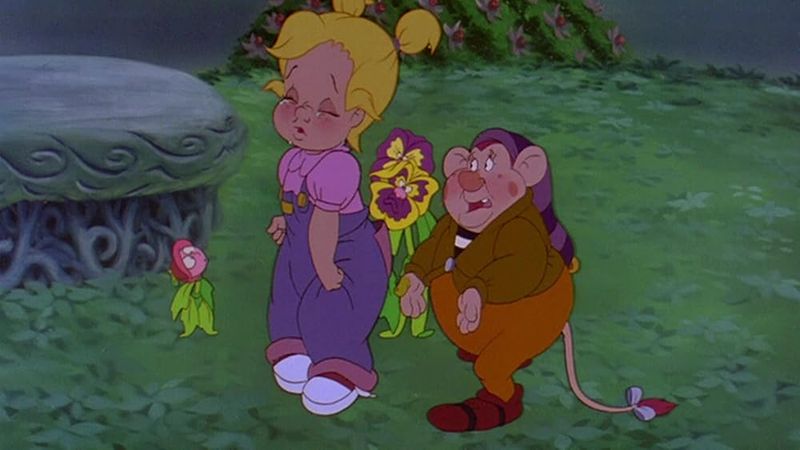
Not every Don Bluth film was a dark masterpiece, and this 1994 movie proved he could make something genuinely sweet and gentle. Stanley the troll has a magical green thumb that makes flowers bloom everywhere he goes.
Exiled to Central Park by the evil Queen Gnorga for being too kind, he befriends two human children and shows them the magic of nature. The film lacked the edge of Bluth’s earlier works, which probably explains why it flopped hard at the box office.
Critics panned it for being too saccharine, yet young children absolutely loved its colorful visuals and positive messages. It remains Bluth’s most overlooked film despite its charm.
15. Thumbelina
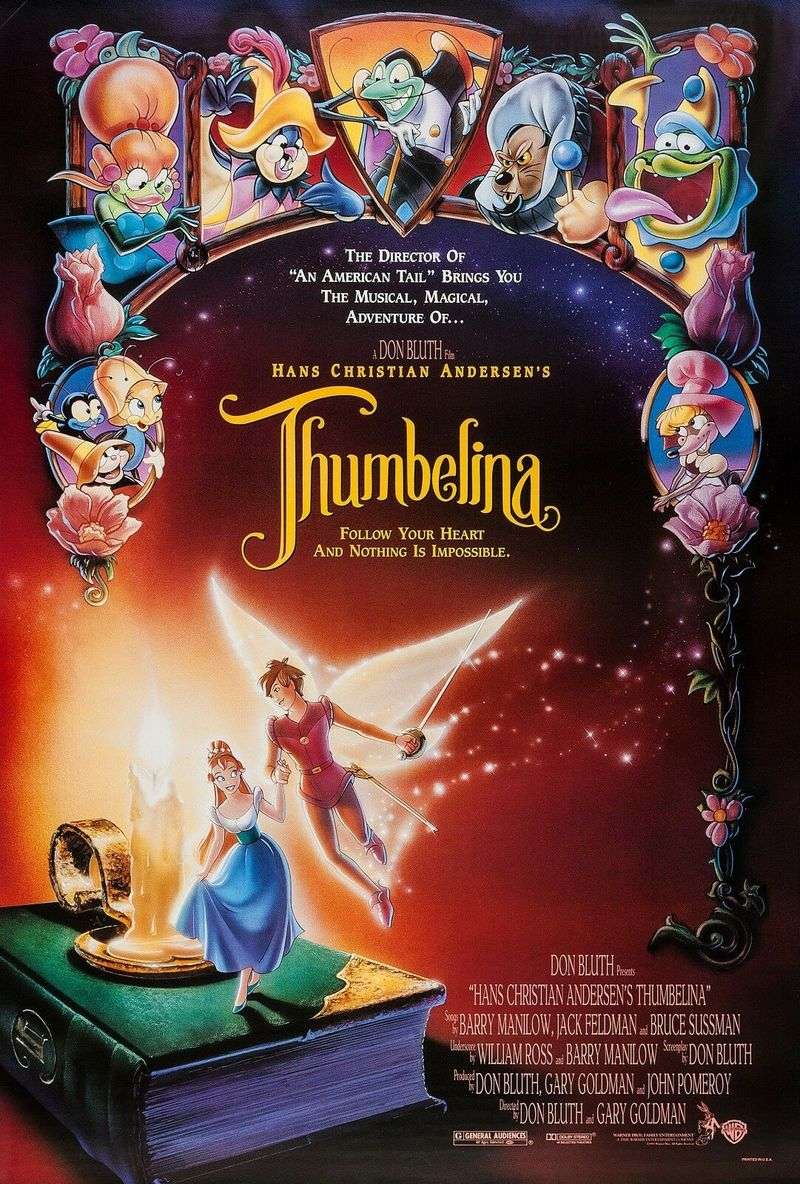
Hans Christian Andersen’s classic tale got the Don Bluth treatment in 1994, complete with celebrity voices and Broadway-style musical numbers. Thumbelina, a girl no bigger than a thumb, gets kidnapped from her home and must find her way back.
Jodi Benson, fresh from voicing Ariel in The Little Mermaid, brought Thumbelina to life with her incredible singing voice. Gary Oldman voiced an evil toad, Carol Channing played a theatrical field mouse, and John Hurt was a pretentious beetle.
The animation was lush and romantic, but the film arrived when audiences were moving away from traditional fairy tale adaptations. It vanished quickly despite its quality production values.
16. Balto
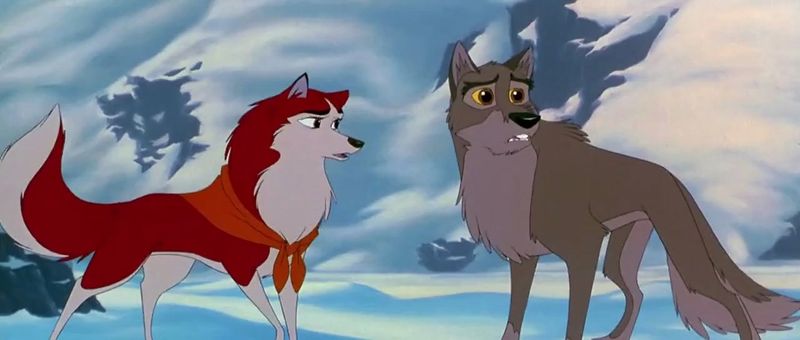
Based on a true story about a sled dog who delivered medicine to save children in Nome, Alaska, this 1995 film took some creative liberties. Balto was portrayed as a wolf-dog hybrid struggling with acceptance in both worlds.
The real Balto was a full Siberian Husky, but Hollywood decided the half-wolf angle added more drama. Kevin Bacon voiced the outcast hero with surprising warmth and vulnerability. The film balanced historical events with fictional romance and rivalry, creating an adventure that kept kids engaged.
Despite being produced by Steven Spielberg’s Amblin Entertainment, it received a limited theatrical release and found its audience primarily through home video. The animation quality rivaled Disney productions of the era.
17. Anastasia
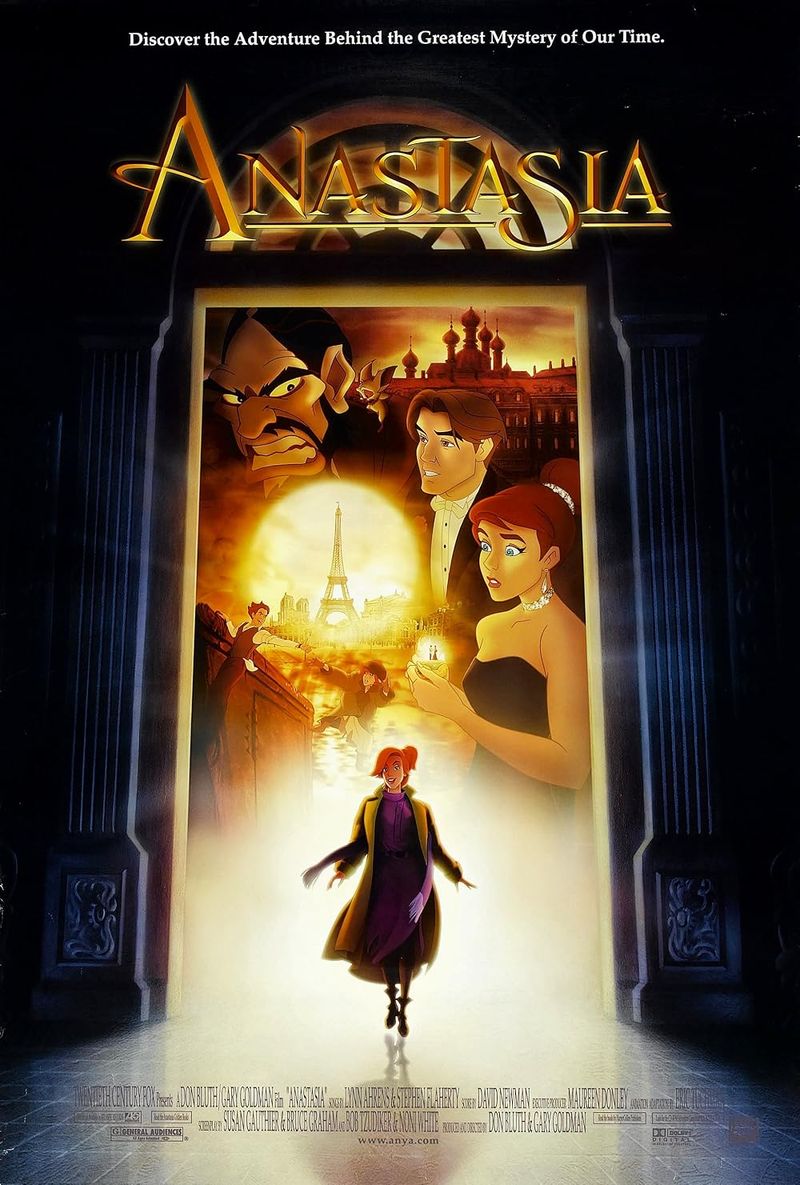
Fox Animation Studios tried to out-Disney Disney with this 1997 musical about Russian royalty. The film took the historical mystery of Grand Duchess Anastasia Romanov and turned it into a magical adventure complete with a villainous Rasputin.
Meg Ryan and John Cusack voiced Anya and Dimitri, creating chemistry that worked despite being just voice recordings. The animation was stunning, blending traditional hand-drawn techniques with early CGI for spectacular sequences. Songs like “Journey to the Past” and “Once Upon a December” deserved more recognition than they received.
The historical inaccuracies bothered some critics, but kids didn’t care about the Romanov dynasty’s actual fate. They just wanted magic, romance, and adventure.
18. The Iron Giant
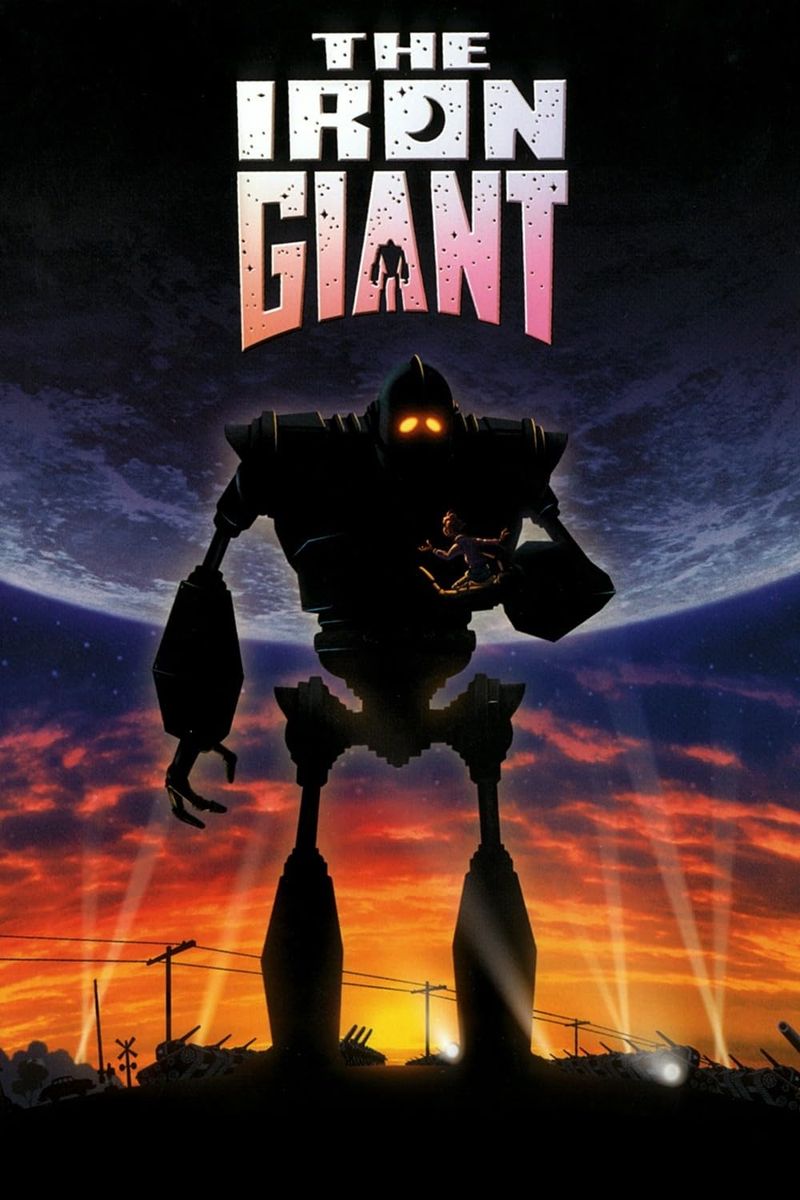
Brad Bird’s 1999 masterpiece bombed at the box office due to terrible marketing, but it’s since been recognized as one of animation’s finest achievements. Set during the Cold War, a young boy named Hogarth befriends a giant robot from space.
The film explored themes of identity, choice, and sacrifice with remarkable sophistication. When the Iron Giant declares “I am not a gun” before choosing to be Superman rather than a weapon, audiences everywhere felt that emotional punch. Vin Diesel voiced the Giant with minimal dialogue, conveying everything through tone and inflection.
The animation blended traditional and computer techniques seamlessly, creating a timeless aesthetic that still holds up beautifully today.
19. Quest for Camelot
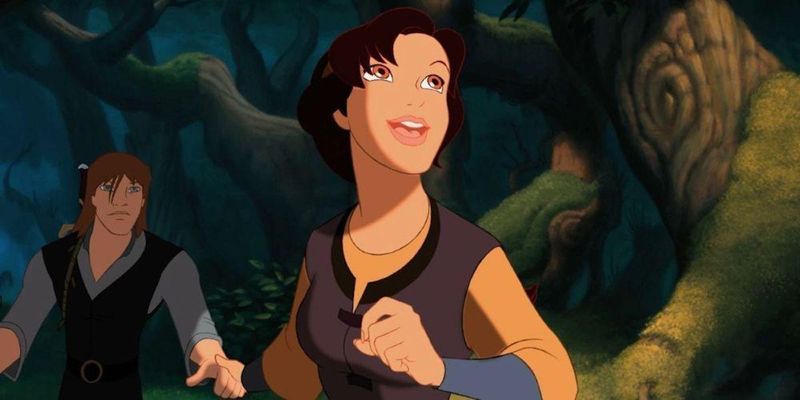
Warner Bros. tried desperately to compete with Disney’s animation dominance in 1998 and delivered this flawed but entertaining Arthurian adventure. Kayley, daughter of a slain knight, dreams of joining the Knights of the Round Table herself.
When the villain Ruber steals Excalibur, Kayley teams up with the blind hermit Garrett and a two-headed dragon named Devon and Cornwall. The film suffered from obvious production troubles, with inconsistent animation quality and a story that felt stitched together from multiple drafts.
Despite its problems, the voice cast was impressive, featuring Cary Elwes, Gary Oldman, and Pierce Brosnan. The soundtrack by David Foster included Celine Dion’s power ballad that nobody remembers.
20. Titan A.E.
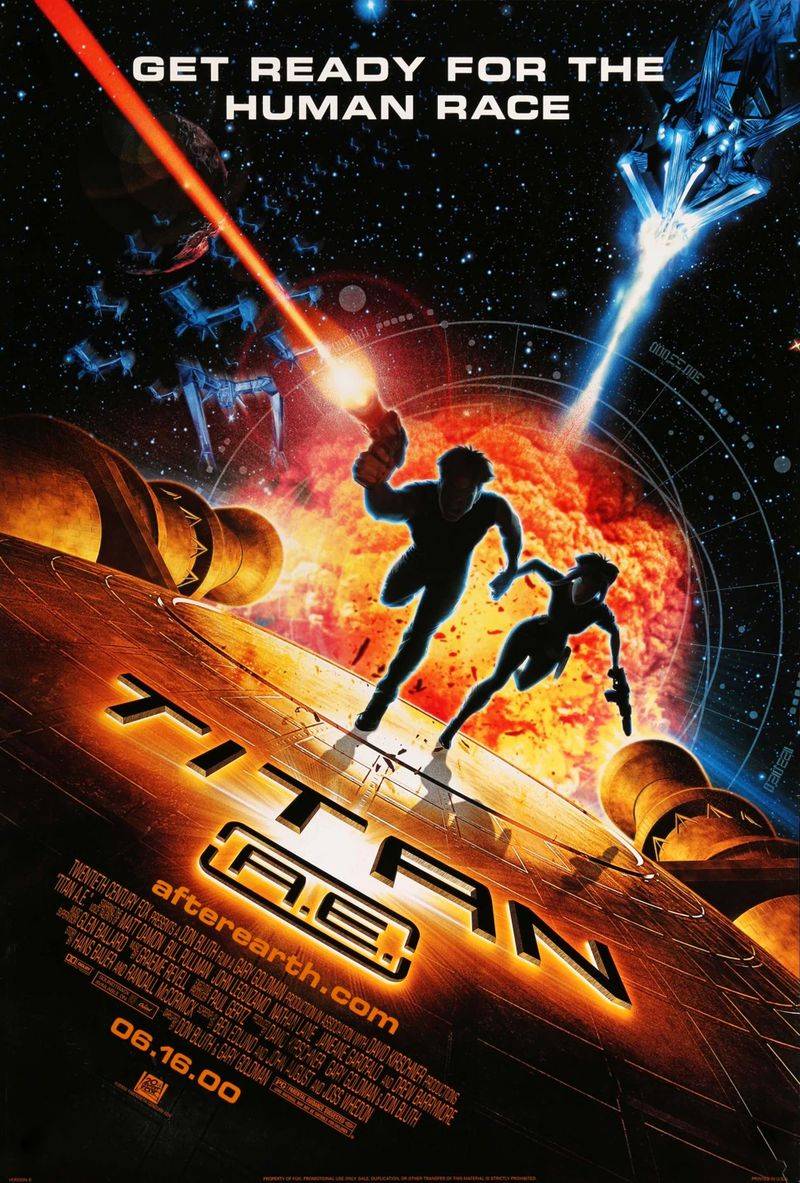
Fox Animation Studios went out with a bang in 2000, delivering this ambitious space opera that combined traditional animation with groundbreaking CGI. After aliens destroy Earth, humanity becomes refugees wandering the galaxy.
Cale, whose father created a spaceship called Titan that could create a new Earth, must find it before the aliens do. Matt Damon voiced the reluctant hero, while Bill Pullman, Drew Barrymore, and John Leguizamo rounded out the cast. The film aimed for a more mature audience than typical animated fare, featuring genuine peril and darker themes.
Unfortunately, its massive budget and poor box office performance contributed to Fox shutting down their animation studio. The stunning visuals deserved better than theatrical oblivion.
21. The Brave Little Toaster Goes to Mars
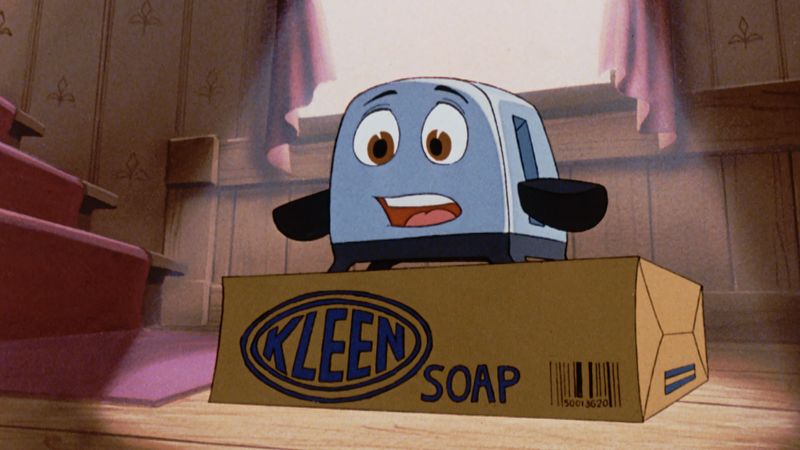
Yes, they made sequels to The Brave Little Toaster, and yes, they sent the appliances to Mars because why not? This 1998 direct-to-video sequel took the beloved characters on their most absurd adventure yet.
When their owner’s infant son gets abducted by Martian appliances who believe he’s the “Great Protector,” our heroes blast off to rescue him. The plot made absolutely no sense, but kids who loved the original ate it up anyway. The animation quality dropped significantly from the theatrical original, using cheaper techniques and less detailed backgrounds.
Despite being objectively ridiculous, the film maintained the heart and character dynamics that made the first movie special. It’s the kind of bizarre sequel that only existed in the direct-to-video era.
22. The Pebble and the Penguin
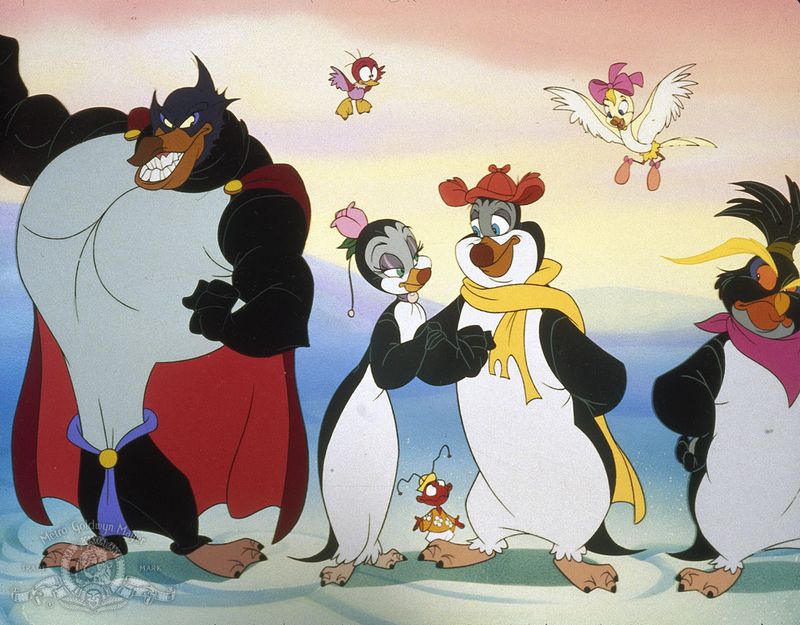
Don Bluth’s 1995 musical about penguin romance was based on the real behavior of Adelie penguins, who present pebbles to potential mates. Hubie the penguin finds the perfect pebble for Marina but loses it before he can present it properly.
His rival Drake, a muscular jerk penguin, tries to force Marina into mating with him instead. The film took a fascinating nature fact and turned it into a predictable but charming love story with forgettable musical numbers. Martin Short and Jim Belushi voiced the main characters with their trademark energy.
Production was troubled, with Bluth and his partner Gary Goldman being fired before completion. The final product felt rushed and incomplete, explaining its quick disappearance from memory.
23. Cats Don’t Dance
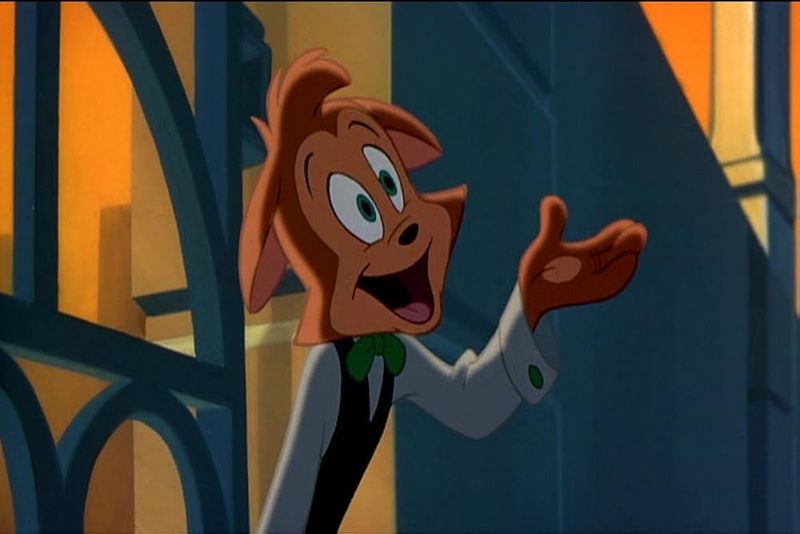
This 1997 gem tackled prejudice and discrimination through the lens of 1930s Hollywood, where animal actors couldn’t get starring roles. Danny the cat arrives in Tinseltown with big dreams, only to discover animals are limited to background roles and sound effects.
The film was a love letter to classic Hollywood musicals, with incredible song and dance numbers animated with fluid grace. Scott Bakula voiced Danny with earnest charm, while child star Ashley Peldon played the spoiled human actress who wanted to keep animals in their place.
Despite being Warner Bros.’ most critically acclaimed animated film, it received almost zero marketing and bombed spectacularly. It deserved so much better than obscurity.
24. The Swan Princess

Former Disney animator Richard Rich created this 1994 musical that borrowed heavily from Swan Lake and Beauty and the Beast. Princess Odette gets transformed into a swan by the evil sorcerer Rothbart, only becoming human when moonlight touches the lake.
Prince Derek must prove his love is deeper than just her beauty, learning an important lesson about superficiality. The animation was serviceable but lacked the polish of major studio productions. Jack Palance voiced Rothbart with delicious villainy, while John Cleese provided comic relief as a French frog.
The film spawned numerous direct-to-video sequels that nobody asked for. The original had charm despite its derivative nature, but it couldn’t compete with Disney’s mid-90s renaissance.
25. A Goofy Movie

Disney took their classic character Goofy and gave him a feature film about father-son relationships in 1995. Max is a typical teenager embarrassed by his goofy dad, and Goofy decides a fishing trip will bring them closer together.
Max secretly changes their route to get to a Powerline concert, hoping to impress his crush Roxanne. The film perfectly captured the awkwardness of adolescence and the struggles of single parenthood. Bill Farmer voiced Goofy with the classic “gawrsh” energy, while Jason Marsden made Max relatable to every teen viewer.
The musical numbers, especially “Stand Out” and “I2I,” were genuinely catchy 90s pop perfection. Despite being a theatrical release, it’s somehow been forgotten in Disney’s vast catalog.

Comments
Loading…